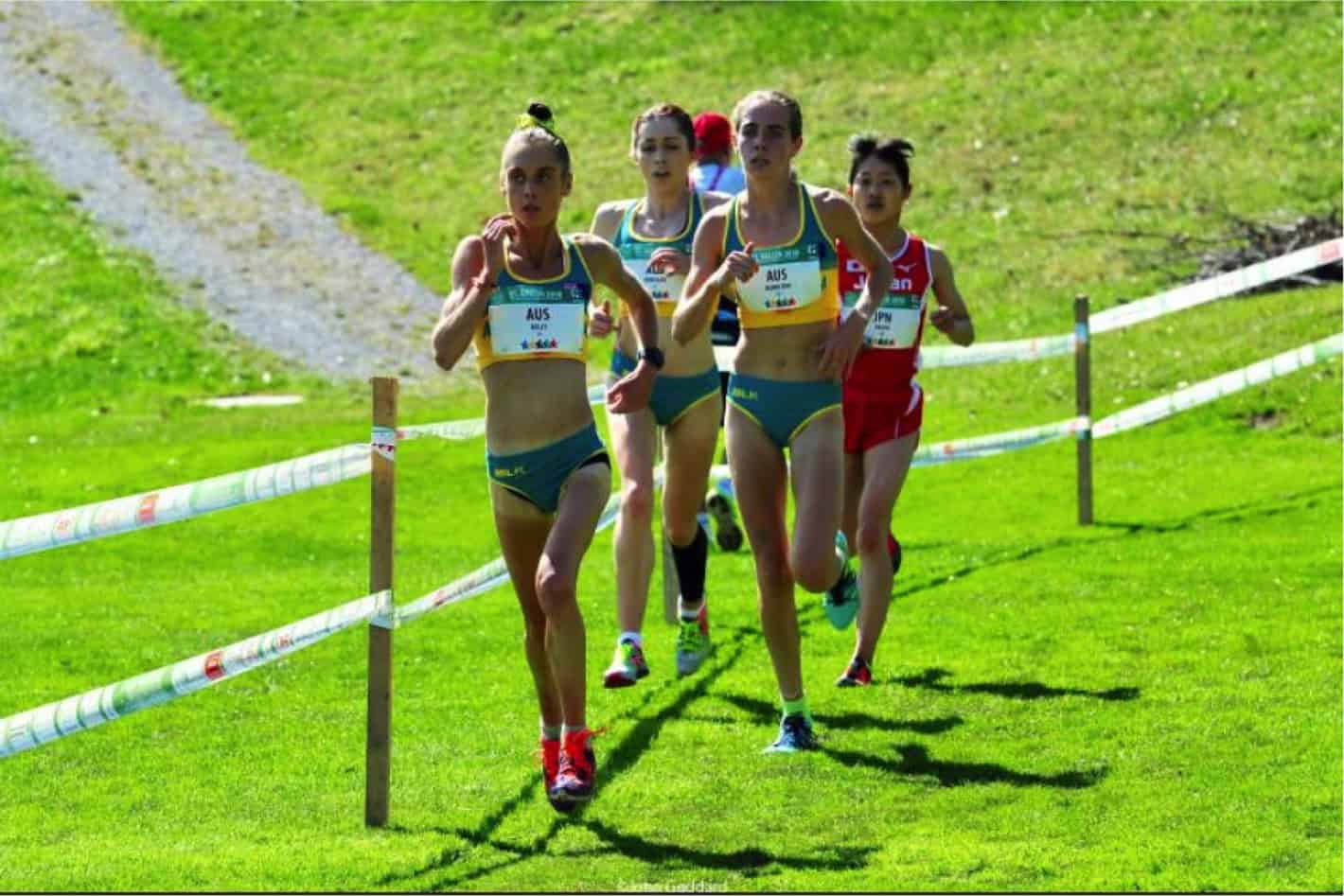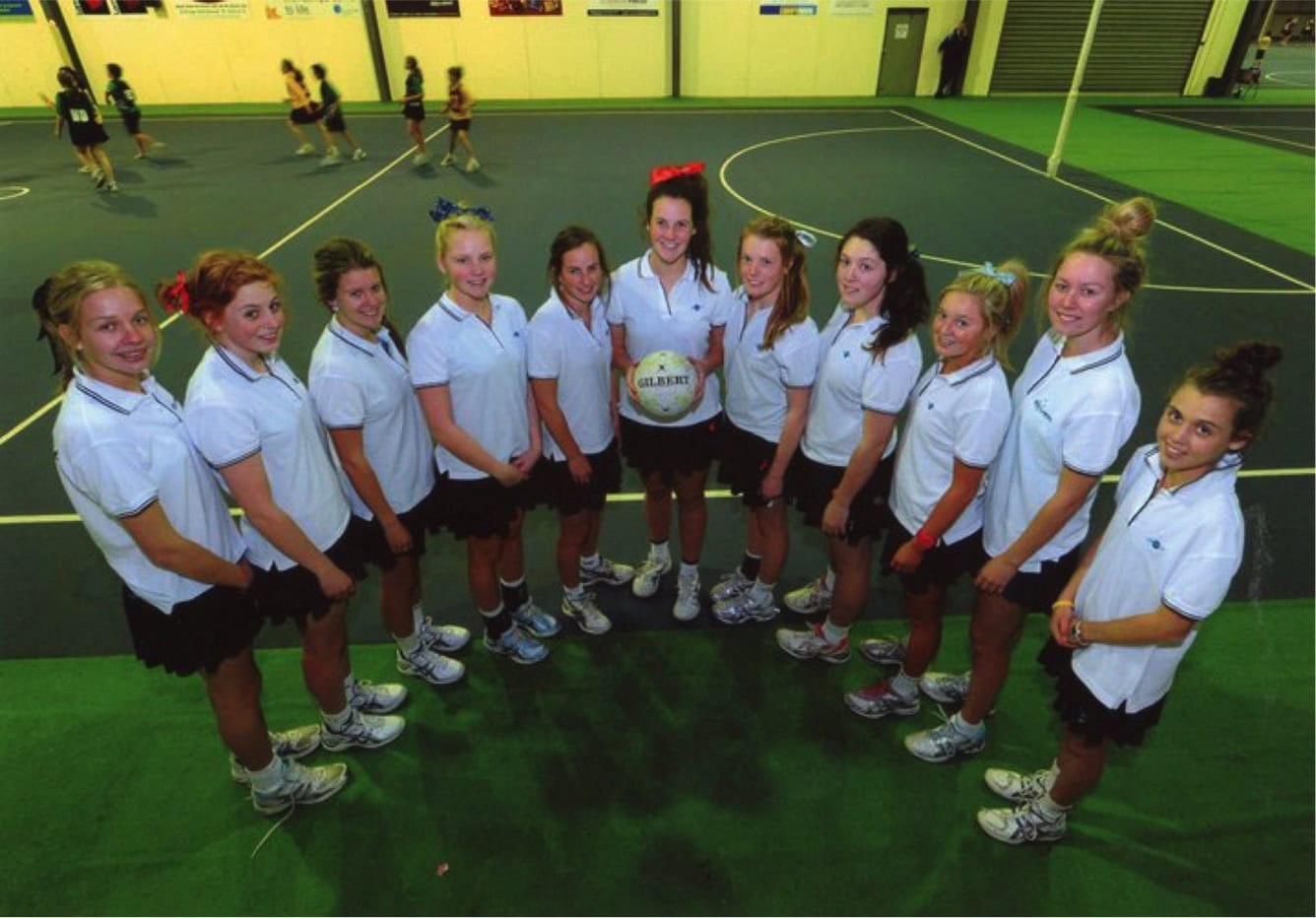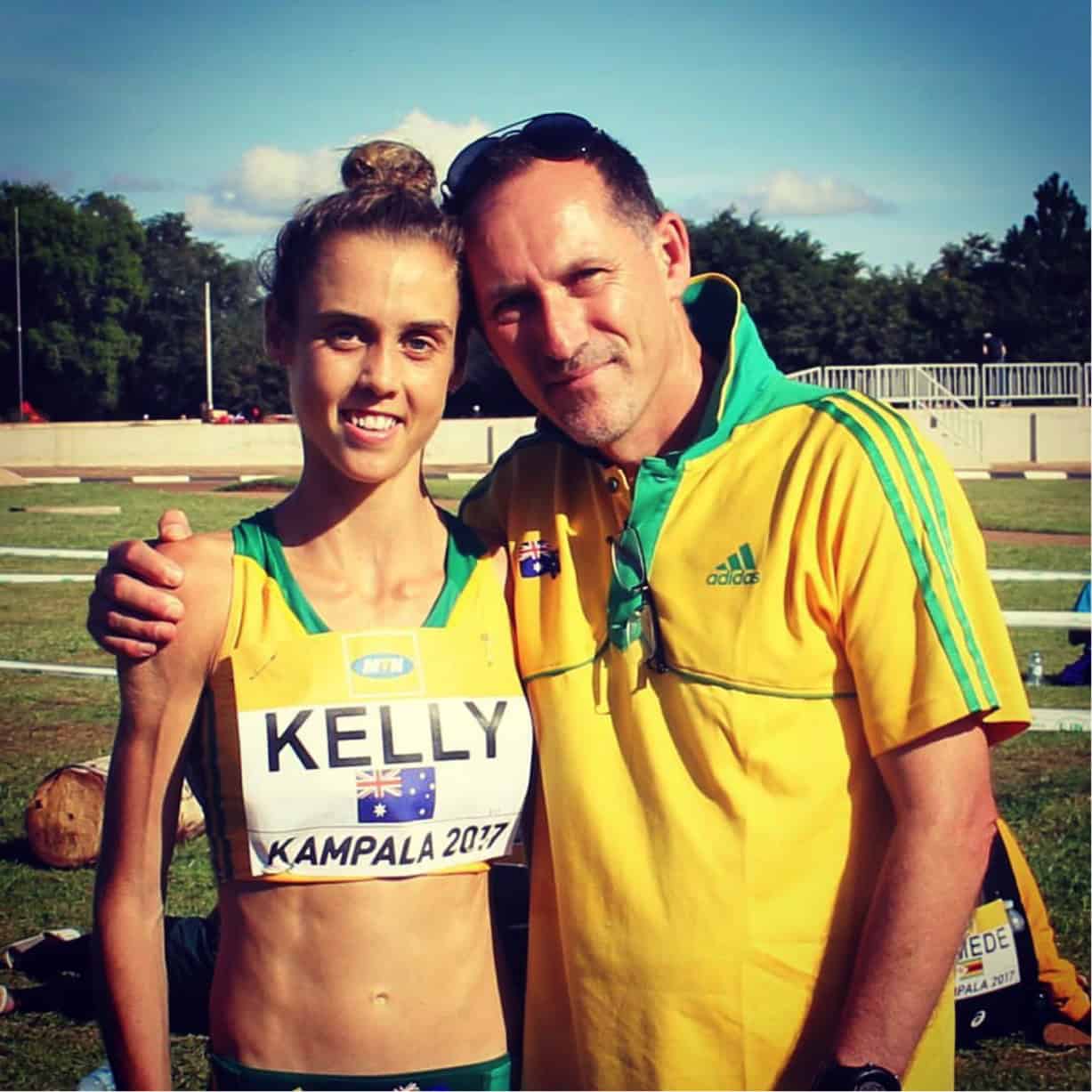
When looking back at my journey into competitive running, it’s safe to say it isn’t the usual pathway taken by most athletes still competing in senior ranks. As a junior the only involvement I had with track and field was being dragged along to a Little Athletics “bring your friend day” where I endured sitting around for 15 mins at a time till I finally got to chuck something or jump into the sand pit. My passion really lay with tennis and netball, and through my teen years I made my way into a few representative teams and even won some half decent competitions. Looking at my skill level now, it astounds me as to how that was possible!!

Growing older my dream of becoming the next Liz Ellis became a far stretch with my towering 160cm stature whilst the presence of your typical intense Russian coaches at higher level tournaments started to take the fun out of tennis. With my trademark stubbornness and what some may say over the top competitive nature, typified by nearly killing myself in class fitness testing, my High School PE teacher insisted that I join the school cross country team. Throughout the remainder of my school years I continued to run and found a real love for it.
It wasn’t until I finished my time at Loreto Ballarat that I decided to pursue my running and see where it could take me. I first came in contact with my coach Tim Crosbie when he managed the 2010 Victorian Cross Country team, but after participating in a coach education course he delivered I decided to seek his advice.

Our first planning meeting took place in January 2016 and I doubt either of us expected to form such a strong coach/athlete relationship. The intervening years have seen us travel the world and progress to wearing the green and gold much faster than contemplated at that initial meeting!
Formal training with Tim and the crew at South Melbourne Athletic Club was when I started to undertake a more structured regime, introducing specific sessions for specific races. Although some of these sessions made me nauseous just thinking about them, they were the essential factor in any improvements made, and integral in getting to race preparation.
So, 4 key sessions that will continue to play an important role in my training include:
Cross Country simulation:
Leading into my key races this has been an essential inclusion in preparation. As a cross country runner you need to be able to tackle anything that a course throws at you and be equipped to maintain form and composure in races that really push you to your limits.
No matter how fast you can run on a track or flat bitumen road, if you are incapable of running hard through repetitive uphill climbs or jumping over obstacles or logs (which happened at both World XC and World Uni XC – thanks guys!) then you will never compete with those that have prepared sufficiently for the conditions. One way that I incorporate cross country simulation is by completing a session such as 3x2km over an undulating grass circuit that tries to replicate an upcoming course.
6 x 1km reps on the track:
If you have read through many of the workout series articles on Runners Tribe, 1km reps is listed regularly in athlete’s key sessions and I don’t think this is simply by coincidence. Aside from the obvious physiological effects achieved by completing long intervals as a part of training, I believe this session is a great measure and indicator of where an athlete is at in terms of both form and fitness throughout the season. It is a very black and white session and the splits recorded don’t lie, allowing you to compare to previous times completed in training and determine how you are travelling leading into a race.
Progressive tempos:
This is a session that suits my style of racing to a tee and also has the ability to provide invaluable psychological benefits if completed correctly. A lack of speed has always been a weakness of mine, particularly when starting a race. I will generally work my way into a race as it progresses, which is then mirrored in the way I do tempos.
When completing a progressive tempo, I will begin at a conservative pace and increase my speed by 0.5km/h every 5 minutes until I am hitting at or below race pace. I believe this session can also be effective in building mental strength leading into a race as you gain the confidence in knowing that even when you are fatigued you are able to increase pace and finish strong in the closing stages.
Strength and Conditioning:
Coming to the end of my physiotherapy degree and also as a result of my current struggle with injury I’ve come to learn how a specific strength program is not only an adjunct to a runners training schedule but a fundamental component!
No athlete, or human in general, has a perfect anatomical make up. Whether that be a pelvic misalignment, flexibility deficits or a particular muscle weakness, factors such as these with week after week of mileage thrown in will predispose any runner to injury if not addressed. I think many athletes either overlook this aspect of training or are intimidated by over complicated exercises being thrown around on social media accounts, however as an experienced physio once told me “basic is good!” and the benefits that can be achieved from the inclusion of strength-based work can take any runners performances to another level.
So, whether it be for prehab, rehab or performance based, I will always ensure to have a specific strength program prescribed by my physio Nic Cross from The Stride included multiple times weekly into my running schedule.
So, there it is. How I got roped into the wonderful world of competitive running and the 4 key sessions that will always be a permanent inclusion in my training program. Fingers crossed with practicing what I preach I will be back on the start line soon and able to put these sessions to good use.
Keep Running Strong Gang!
Anna ( :